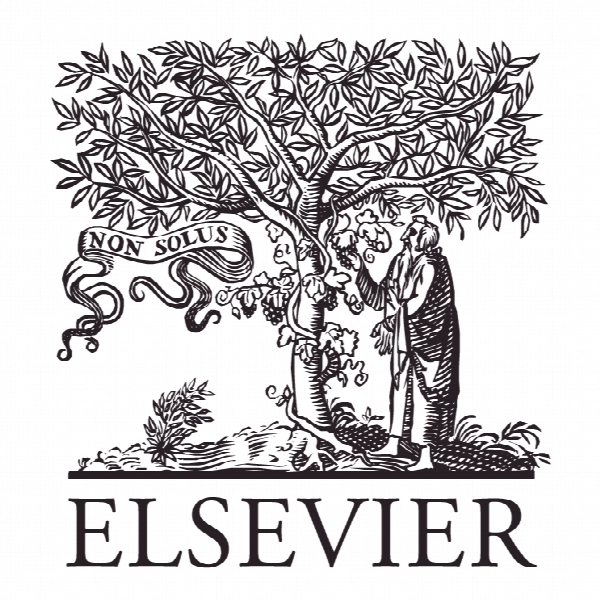شبکه های بیزی فضا زمانی برای پیشگیری از مالاریا Spatiotemporal Bayesian networks for malaria prediction
- نوع فایل : کتاب
- زبان : انگلیسی
- ناشر : Elsevier
- چاپ و سال / کشور: 2018
توضیحات
رشته های مرتبط مهندسی کامپیوتر، فناوری اطلاعات، پزشکی
گرایش های مرتبط هوش مصنوعی، شبکه های کامپیوتری
مجله هوش مصنوعی در پزشکی – Artificial Intelligence in Medicine
دانشگاه Faculty of ICT – Mahidol University – Phuttamonthon 4 Rd – Thailand
شناسه دیجیتال – doi https://doi.org/10.1016/j.artmed.2017.12.002
منتشر شده در نشریه الزویر
کلمات کلیدی انگلیسی Bayesian networks, Probability logic, Spatiotemporal models, Malaria prediction
گرایش های مرتبط هوش مصنوعی، شبکه های کامپیوتری
مجله هوش مصنوعی در پزشکی – Artificial Intelligence in Medicine
دانشگاه Faculty of ICT – Mahidol University – Phuttamonthon 4 Rd – Thailand
شناسه دیجیتال – doi https://doi.org/10.1016/j.artmed.2017.12.002
منتشر شده در نشریه الزویر
کلمات کلیدی انگلیسی Bayesian networks, Probability logic, Spatiotemporal models, Malaria prediction
Description
1. Introduction Malaria remains a global public health problem with an estimated 214 million cases of malaria globally in 2015 and 438,000 malaria deaths [1]. Since malaria is prevalent in less developed and more remote areas in which public health resources are often scarce, prediction and targeted intervention are essential elements in effective malaria control. Modeling of malaria is challenging because disease transmission can exhibit spatial and temporal heterogeneity, spatial autocorrelation, and seasonal variation. In addition, some covariates such as temperature affect incidence rates in a nonlinear fashion. Numerous techniques have been used to create predictive models [2] including regression [3], Autoregressive Integrated Moving Average (ARIMA) [4], Susceptible-Infected-Recovered (SIR) models [5], and Neural Networks [6]. No work has yet explored the potential of Bayesian networks as a malaria modeling tool. A Bayesian network is a graphical representation of probability distribution in which nodes represent random variables and links represent direct probabilistic influence among the variables. The relation between a node and its parents is quantified by a conditional probability table (CPT), specifying the probability ofthe node conditioned on all combinations of the values of the parents. The structure of the network encodes information about probabilistic independence such that the CPTs along with the independence relations provide a full specification of the joint probability distribution over the random variables represented by the nodes. By decomposing a joint probability distribution into a collection of smaller local distributions (the CPTs), a Bayesian network provides a highly compact representation of the complete joint distribution, making it possible to represent and compute with probability distributions over hundreds and thousands of variables. Bayesian networks provide a number of advantages for modeling of malaria, including the ability to represent uncertainty and handle missing data, the ability to represent nonlinear relations, and the availability of efficient algorithms for diagnostic and predictive reasoning as well as sensitivity analysis. In addition, the model structure, which typically reflects the problem structure, can be used to provide explanations. In this paper we explore the use of Bayes nets to model malaria, demonstrating the approach with village-level weekly prediction models for Tha Song Yang district in northern Thailand. We first create a dynamic Bayes net that models malaria in each village. The network is learned from two years of case data as well as environmental covariates. The network models incidence over time and captures time lagged and nonlinear effects. Evaluation on test data shows that the Bayes net has prediction accuracy in terms of mean absolute error of about 1.4 cases for 1 week prediction and 1.7 cases for 6 week prediction. Comparison ofthe Bayes net prediction accuracy with severaltraditional modeling approaches shows the Bayes net to outperform the other models on the most important cases: longer time horizon prediction of high incidence transmission. We produce a binary version of this network for predicting outbreaks and show that it has an ROC AUC prediction accuracy on high incidence villages of above 0.9 for all time horizons. We then elaborate the model with links between the village models to capture spatial autocorrelation of malaria incidence. This results in some very large models which would be far too laborious and error prone to build by hand. So we represent the models as collections of probability logic rules and automatically generate the networks. Evaluation of the models shows that the autocorrelation links significantly improve prediction accuracy for some villages in regions of high incidence.


